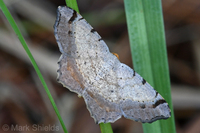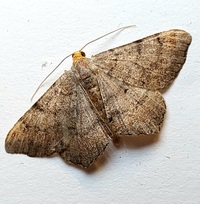
| Recorded by: Mark Basinger on 2025-10-22
Wilson Co.
Comment: | 
| Recorded by: Mark Basinger on 2025-09-27
Brunswick Co.
Comment: |

| Recorded by: Mark Basinger on 2025-09-09
Wilson Co.
Comment: | 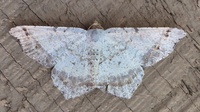
| Recorded by: Michael P. Morales on 2025-09-02
Cumberland Co.
Comment: |

| Recorded by: Dean Furbish on 2025-08-26
Wake Co.
Comment: | 
| Recorded by: Emily Stanley on 2025-08-01
Buncombe Co.
Comment: |

| Recorded by: Mark Basinger on 2025-07-20
Brunswick Co.
Comment: | 
| Recorded by: Mark Basinger on 2025-07-14
Rowan Co.
Comment: |

| Recorded by: Mark Basinger on 2025-07-02
Wilson Co.
Comment: | 
| Recorded by: Jeff Niznik, David George, Larry Chen, Sarah Toner, Joye Zhou on 2025-06-20
Richmond Co.
Comment: |
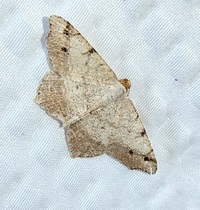
| Recorded by: Mark Basinger on 2025-05-24
Wilson Co.
Comment: | 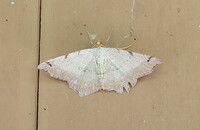
| Recorded by: Michael P. Morales on 2025-05-21
Cumberland Co.
Comment: |

| Recorded by: David George on 2025-05-17
Durham Co.
Comment: | 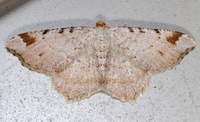
| Recorded by: Jim Petranka on 2025-05-01
Madison Co.
Comment: |
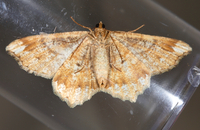
| Recorded by: Jim Petranka on 2025-05-01
Madison Co.
Comment: | 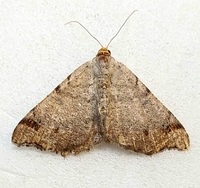
| Recorded by: Mark Basinger on 2025-04-28
Wilson Co.
Comment: |

| Recorded by: Mark Basinger on 2025-04-18
Brunswick Co.
Comment: | 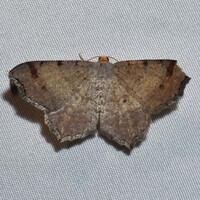
| Recorded by: David George, Jeff Niznik on 2025-04-05
Chatham Co.
Comment: |
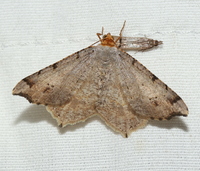
| Recorded by: David George, Jeff Niznik, Rich Teper on 2025-03-28
Chatham Co.
Comment: | 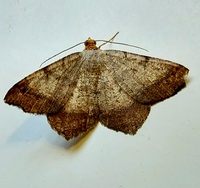
| Recorded by: Mark Basinger on 2024-10-06
Brunswick Co.
Comment: |

| Recorded by: David George, Jeff Niznik on 2024-09-21
Chatham Co.
Comment: | 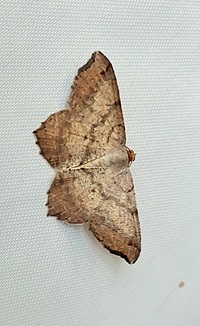
| Recorded by: Mark Basinger on 2024-08-26
Wilson Co.
Comment: |

| Recorded by: David George, Jeff Niznik, Kenneth Geisert, David Bradley, Julie Tuttle, Patrick Coin, Kaitlyn Elliott, Becky Watkins on 2024-08-17
Durham Co.
Comment: | 
| Recorded by: David George, Jeff Niznik, Kevin Bischof on 2024-08-07
Transylvania Co.
Comment: |

| Recorded by: David George, Jeff Niznik on 2024-08-06
Transylvania Co.
Comment: | 
| Recorded by: David George, Jeff Niznik, Stephen Dunn on 2024-08-02
Chatham Co.
Comment: |
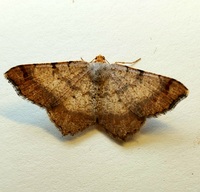
| Recorded by: Mark Basinger on 2024-07-29
Wilson Co.
Comment: | 
| Recorded by: David George, Jeff Niznik, Patrick Coin, Steve Hall, Carol Tingley, Tom Howard on 2024-07-27
Chatham Co.
Comment: |
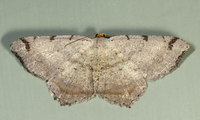
| Recorded by: John Petranka on 2024-07-26
Orange Co.
Comment: | 
| Recorded by: David George on 2024-07-15
Chatham Co.
Comment: |
|

 »
»